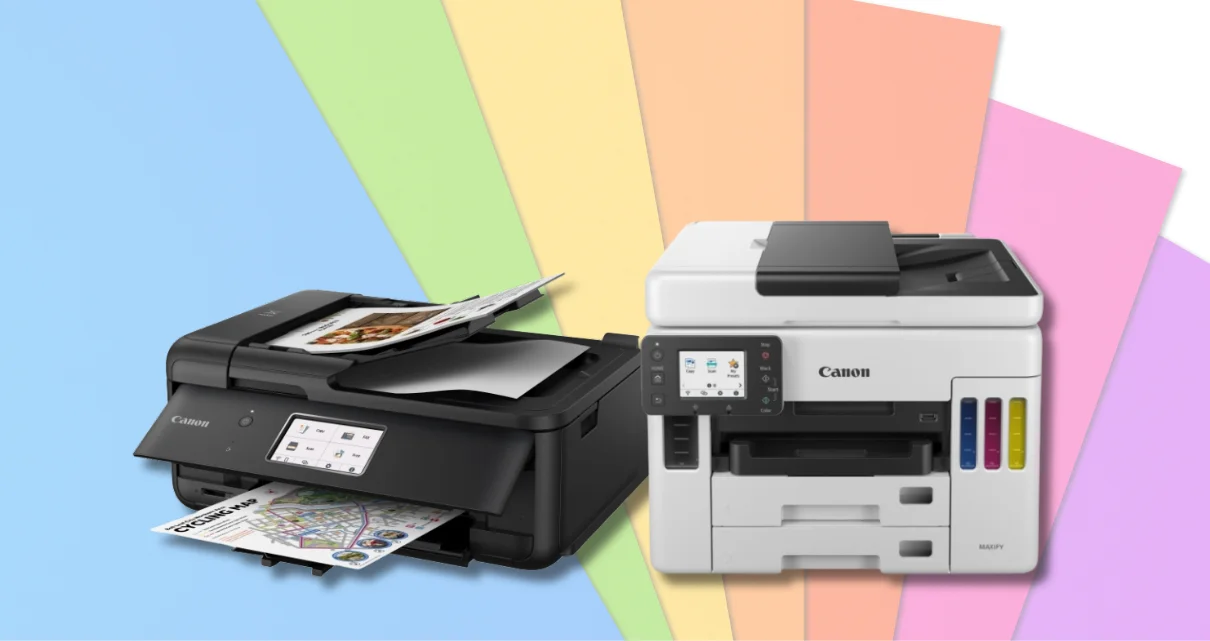Printing in Style: Optix Board vs. Reflex Board for Eye-Catching Results
Choosing the right card stock can elevate your printing projects from ordinary to extraordinary. Optix Board and Reflex Board, two popular options, offer distinct advantages to bring your designs to life. Let’s delve into their unique features to help you pick the perfect match for your needs.
Optix Board: A Burst of Vibrant Colours
- Colour Explosion: Optix Board is a dream come true for projects demanding bold and bright colours. Reds, yellows, greens, pinks – you name it, Optix Board displays them with exceptional vibrancy.
- Professional Polish: The smooth surface ensures flawless ink application, resulting in crisp and clear colors that leave a lasting impression. Business cards, brochures, and flyers printed on Optix Board exude professionalism and grab attention.
- Versatility in Sizes and Thicknesses: Optix Board comes in various sizes and thicknesses, including the popular 200gsm option. This allows you to choose the perfect fit for your project, whether it’s a simple postcard or a heavyweight presentation folder.
Reflex Board: The Soft Touch for Pastel Delights
- Pastel Paradise: Reflex Board offers a beautiful selection of pastel shades, including soft yellows, greens, pinks, and blues. These subtle colours create a calming and sophisticated aesthetic, perfect for projects with a touch of elegance.
- Warm and Inviting Ambiance: The creamy shade of Reflex Board fosters a warm and inviting atmosphere. This makes it ideal for wedding invitations, stationery, and marketing materials seeking a touch of refinement.
- Sharp Text and Clear Images: Despite its shift away from stark white, Reflex Board maintains excellent contrast. Text remains crisp and easy to read, while images retain their detail, ensuring your message is delivered clearly.
Universal Compatibility and Long-Lasting Quality
Both Optix Board and Reflex Board share these additional benefits:
- Printer Friendly: They work seamlessly with most printers, allowing for convenient in-house printing. Remember to adjust settings for thicker options like 200gsm card stock to avoid jams.
- Acid-Free Archival Quality: The acid-free nature ensures your prints resist yellowing or fading over time, ideal for preserving precious memories in scrapbooks or photo albums.
- Competitive Pricing: Both brands offer competitive pricing compared to other card stock options. The exact cost may vary depending on size, thickness, and quantity purchased.
Making the Perfect Choice
The ideal card stock depends on the desired visual impact of your project:
- Optix Board: Unleash a burst of colour and vibrancy. Ideal for projects demanding attention-grabbing visuals, such as marketing materials or children’s party invitations.
- Reflex Board: Embrace a touch of elegance and sophistication. Perfect for projects where a soft and inviting aesthetic is desired, like wedding invitations or high-end stationery.
By considering these factors and adjusting printer settings for thicker card stock, you can create stunning and durable printed materials with either Optix Board or Reflex Board.
Printing on 200gsm Card Stock: A Quick Guide
While both boards offer options like 200gsm, some printers might require specific adjustments:
- Check Printer Compatibility: Ensure your printer can handle 200gsm thickness. Consult the manual or manufacturer for confirmation.
- Adjust Printer Settings: Most printers allow adjusting paper settings for thickness. Select the appropriate option for 200gsm card stock.
- Manual Feed Tray: If available, use the manual feed tray for smoother card stock feeding and avoid jams.
- Printing and Drying: Printing may take longer. Allow ample drying time for the ink to prevent smudging.
With these tips, you can achieve professional-looking prints on even thicker card stock!

